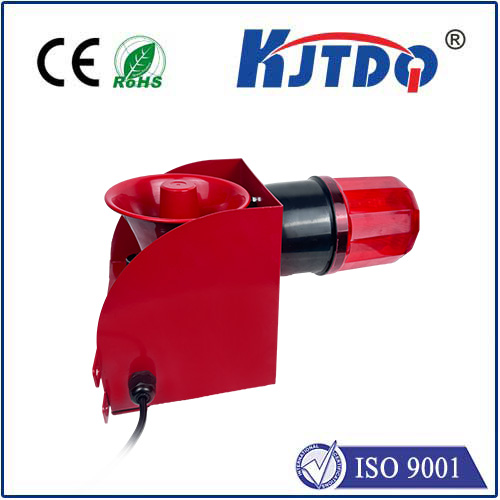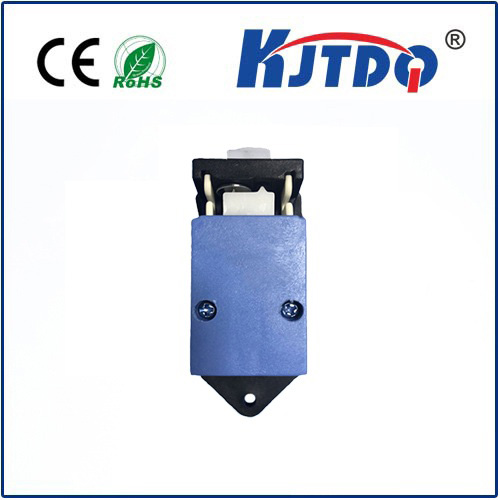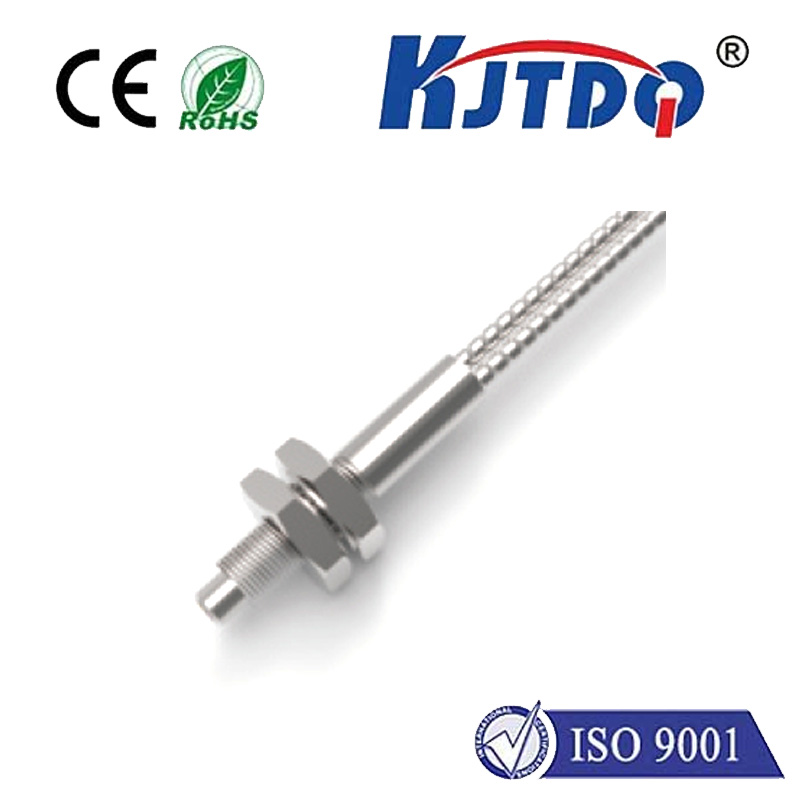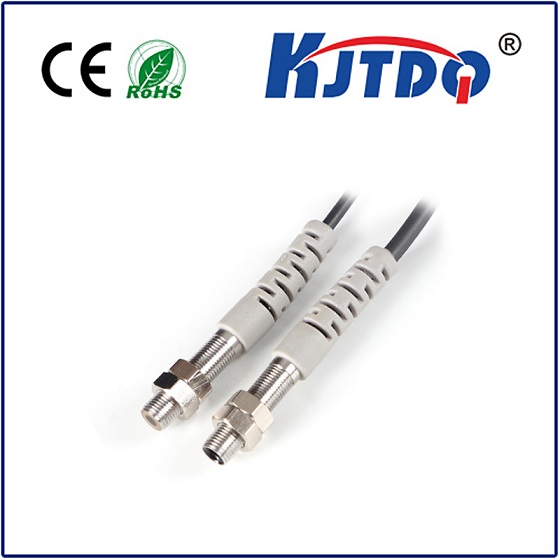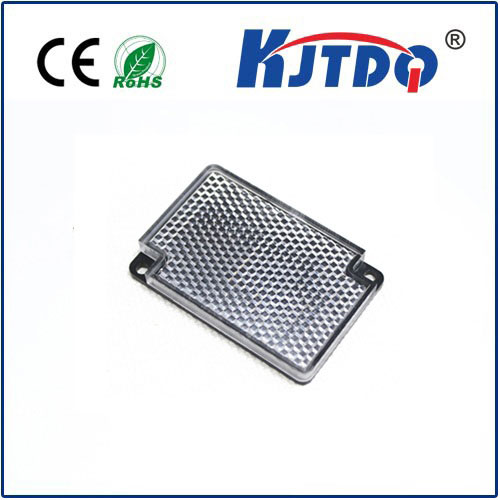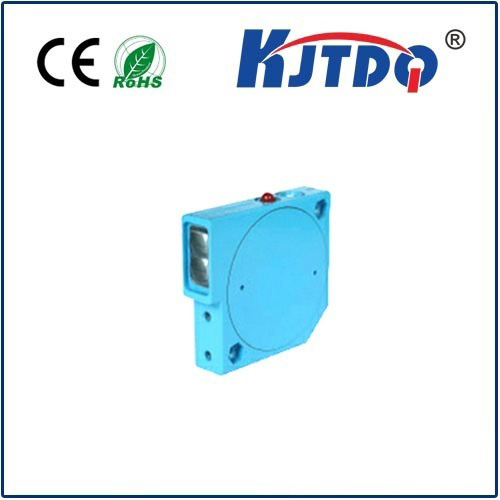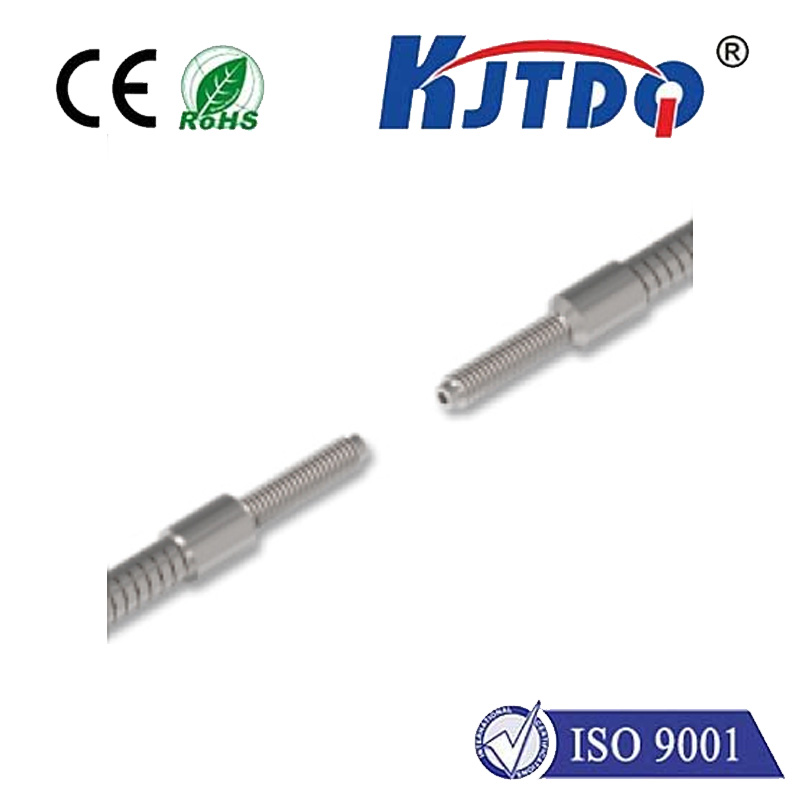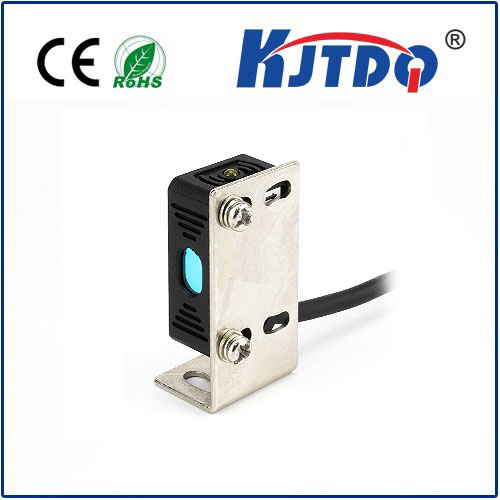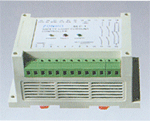micro proximity sensor
- time:2024-11-11 08:30:00
- Click:0

Micro Proximity Sensors: Revolutionizing Precision and Miniaturization in Modern Technology
In the ever-evolving landscape of technological advancements, micro proximity sensors have emerged as a cornerstone for innovation across various industries. These tiny yet powerful devices are transforming the way we interact with our environment by enabling precise, contactless detection and measurement capabilities at microscale levels.
Understanding Micro Proximity Sensors
At their core, micro proximity sensors are compact electronic devices designed to detect the presence or absence of an object within a very short distance—often measured in micrometers or millimeters. Unlike traditional proximity sensors that rely on physical contact or capacitive fields, modern micro versions employ advanced technologies such as infrared (IR), ultrasonic waves, or even electromagnetic fields to sense objects without direct touch. This non-contact functionality is crucial for applications requiring high precision and sensitivity, such as in medical equipment, automotive systems, and consumer electronics.
Applications Across Industries
The versatility of micro proximity sensors has led to their widespread adoption in numerous sectors:
- Healthcare: In medical devices, these sensors play a vital role in monitoring vital signs, controlling surgical instruments, and ensuring patient safety during minimally invasive procedures.
- Automotive Industry: From advanced driver assistance systems (ADAS) to smart braking and parking solutions, micro proximity sensors enhance vehicle safety and autonomous driving capabilities by accurately detecting obstacles and other vehicles.
- Consumer Electronics: These sensors find application in smartphones, wearables, and home automation systems, enabling gesture recognition, energy-efficient operation, and improved user interfaces.
- Industrial Automation: In manufacturing, they facilitate precise control over machinery movements, quality inspection processes, and predictive maintenance by detecting minute changes in position or presence.
Advantages Driving Adoption
The popularity of micro proximity sensors can be attributed to several key advantages:
- Compactness: Their small form factor allows integration into tight spaces and sleek designs, making them ideal for miniaturized devices.
- High Accuracy: With resolutions down to fractions of a millimeter, they offer unparalleled precision in distance measurement.
- Non-Contact Operation: This feature minimizes wear and tear, extends device lifespan, and enables safer interactions in sensitive environments.
- Energy Efficiency: Many micro proximity sensors consume low power, which is critical for battery-operated devices and energy-conscious applications.
Future Perspectives
As technology continues to progress, the future of micro proximity sensors holds exciting possibilities. We can expect further enhancements in accuracy, miniaturization, and integration with AI algorithms for smarter decision-making capabilities. Moreover, emerging materials like flexible electronics and nanotechnology may open doors to new applications previously deemed impossible.
In conclusion, micro proximity sensors represent a pivotal force in advancing precision engineering and smart technologies. Their ability to seamlessly integrate into diverse applications while offering unparalleled accuracy and efficiency underscores their importance as a fundamental component of tomorrow’s innovative solutions. As researchers and engineers continue to push boundaries, the potential for these sensors to reshape our world seems boundless.





